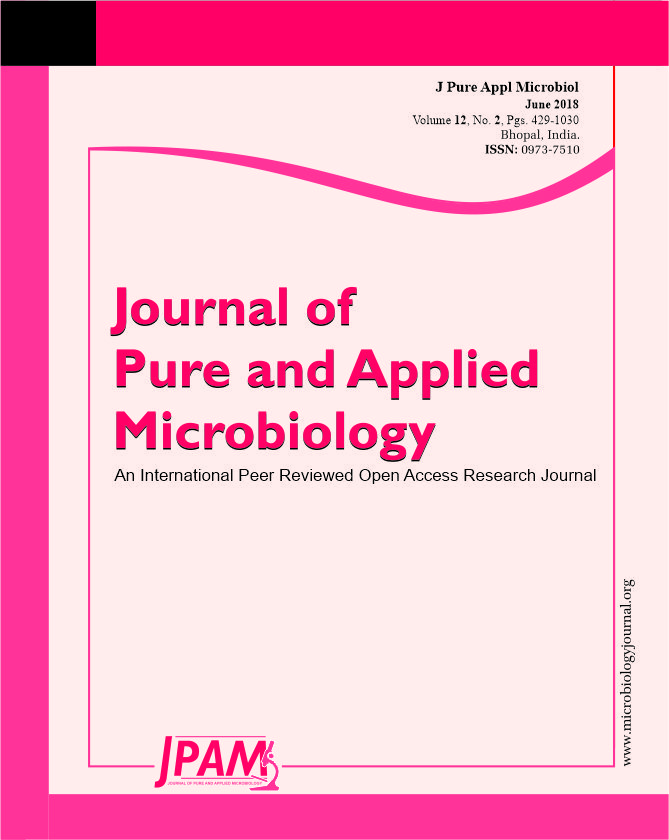There are increments to the need of the usage of new non-chemical medicines, pharmaceuticals and health products. Plantsare traditionally used as medicine over the world for their pharmacological values. They effectively used as anti-fungal, antiviral, anti-bacterial, anti-inflammatory, anti-diabetic, anti-oxidant anti-ulcer, and antitussive. This study aims to investigate the effects of plant extracts (Glycyrrhiza glabra, Cuminum cyminum, Zingiber officinale, Origanum majorana and Petroselinum crispum) against different types of gram-positive and negative bacterial isolates. Antimicrobial activity of tested aqueous extracts by well-diffusion method against various bacterial isolates were done, to estimate their antibacterial activity. Results showed that the aquatic extracts of different plants produce a good antibacterial effects when compared with the synthetic antibiotic ciprofloxacin. As all bacterial isolates in this study where sensitive to these extracts with variable ranges of inhibition zones ranging from 18-32mm in diameter. Thus we can concluded that the aquatic extracts of Glycyrrhiza glabra, Cuminum cyminum, Zingiber officinale, Origanum majorana and Petroselinum crispum can be beneficial as treatment of UTI-causing bacteria.
Glycyrrhiza glabra, Cuminum cyminum, Zingiber officinale, Origanum ajorana, Petroselinum crispum
© The Author(s) 2018. Open Access. This article is distributed under the terms of the Creative Commons Attribution 4.0 International License which permits unrestricted use, sharing, distribution, and reproduction in any medium, provided you give appropriate credit to the original author(s) and the source, provide a link to the Creative Commons license, and indicate if changes were made.


